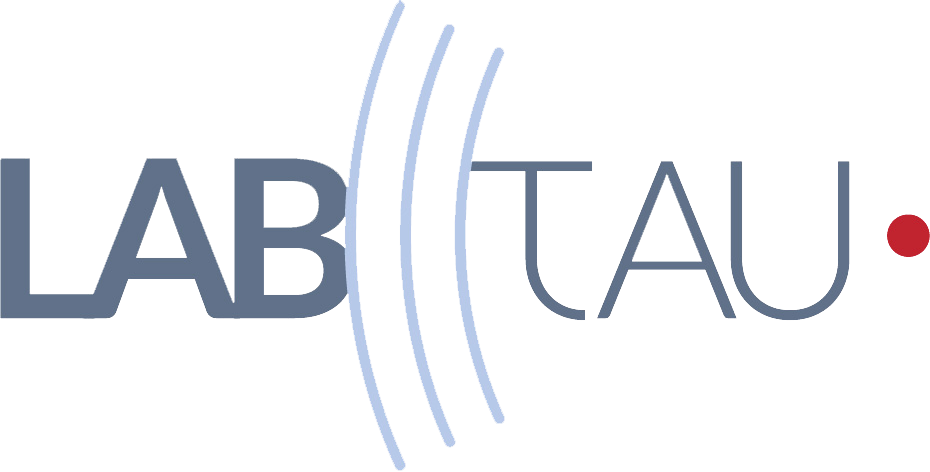Thesis defense: Study of the Mechanisms Underlying Neurostimulation Induced by Low-Energy Pulsed Ultrasound: Towards Approaches for the Management of Cancer-Related Chronic Pain
Author: Jeremy Vion
Summary: Focused ultrasound (US) are considered as a promising tool to develop a new modality of therapeutic neurostimulation. An in vivo invertebrate nervous model (system of giant fibers of the common earthworm, Lumbricus terrestris) has been proposed to study the biophysical mechanisms underlying the phenomenon of US neurostimulation. After proving the feasibility, the nervous responses associated with different stimulation modalities (mechanical, electrical, US) were characterized and compared together. Following a causal approach of interpretation, the afferent nerves were deduced to be the locus of interaction between the nervous system and the US stimulus (pulsed, 1.1 MHz, 2% DT, 2.5 kW/cm²). The respective influences of each acoustic parameter on the neurostimulation success rate were evaluated. Results suggest afferent nerves are sensitive to the value of the ‘mean radiation force’ carried by the US stimulus, whatever combination of parameters leading to it. Complementarily, the role played by cavitation in the phenomenon of US neurostimulation was investigated, using both the monitoring of cavitation indexes and ultra-fast imaging. It was concluded that neither the occurrence of stable cavitation nor particularly high levels of inertial cavitation were necessary conditions for the occurrence of US-induced nervous responses. A new experimental campaign was launched, aiming to apply the methodology developed for the invertebrate nervous model to a nervous model of higher complexity. The feasibility of using Microelectrode Arrays (MEA) to record US-induced nervous responses from mouse cortical slices was demonstrated, and further trials are currently undertaken.
Time: 13h
Place: LabTAU Conference Room





